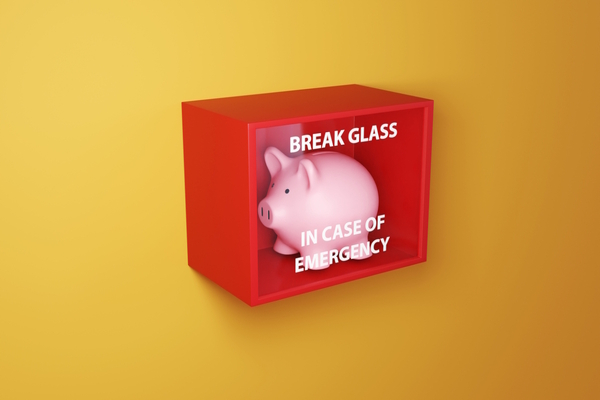The mobile phone card reader revolution

Despite sustained efforts by governments all over the world to support SMEs, the playing field between them and large corporations remains uneven.
SMEs lack the economies of scale that allow large businesses to offer better prices for their customers. Limited credit histories, greater exposure to cashflow issues and the absence of strong physical assets make them appear riskier to lenders, resulting in less favourable financing terms.
Over the past 15 years, however, digital transformation has helped narrow this gap.
Digitally enabled alternative loan assessment can more easily provide thin-file businesses with credit; automated accounts receivable (AR) technology and short-term financing with accounts receivable loans can address their chronic cashflow problems; and SaaS gives them access to state-of-the art technology without hefty investment in physical infrastructure.
There are also examples from marketing, accounting, reporting and cyber-security, where SMEs can improve their performance with state-of-the art software and automation without increasing headcount.
Card machines – a payment tool that took decades to get disrupted
As Covid gave an unprecedented boost to card – particularly contactless – payments, the prevalence of cash dramatically shrank. By 2024, contactless accounted for 95 per cent of all payments.
As a result, for any business – whether large, small or micro – with a physical presence, a card machine that supports multiple payment types – from chip and pin to contactless to mobile wallets – is now essential.
Card machines, however, have long resisted the democratising effect of digital disruption. In the 1990s, they cost £1,000 upfront with monthly rental payments of £20–£60.
Customers got increasingly better value as technology advanced, from chip-and-pin to wireless and NFC, and integrations with cash registers and inventory systems became the norm. The costs largely levelled off at £200-800 for purchase or £10-30 for monthly leasing between 2000 and 2015.
Tap-to-Pay – a major affordability milestone
Payment machines have become less bulky over the decades, with portable and wireless models also appearing on the market.
About three years ago, Tap to Pay emerged through the convergence of NFC and software that turns smartphones into payment terminals, or SoftPOS. With only an NFC-enabled phone required, merchants no longer need extra hardware or complex setups to operate a card reader.
Tap to Pay was initially offered as a complimentary service to payment terminal customers to use as a backup, but is now widely available as a standalone service.
Mobile payment terminals have capabilities on par with legacy ones. They offer the same integrations with POS systems, enabling real-time inventory updates, the tracking of stock levels in real-time and reporting and data analytics.
Some solutions can also integrate with third-party POS platforms such as Shopify, allowing for e-commerce connections too.
Merchants typically pay 0.8-2.6 per cent plus 2-5p per transaction, with lower rates for monthly subscribers. POS apps come with robust security features, strengthened by the smartphone’s built-in protections.
While Tap to Pay can improve cashflow through faster processing, most products still settle funds within two to three business days. Some UK providers, however, now offer hourly settlements via faster payment rails, while others provide speedier settlement for a small fee.
Empowering microbusinesses
While SMEs of all shapes and sizes can benefit from Tap to Pay, it can be more of a game changer for microbusinesses – companies operating with fewer than ten employees with an annual turnover not exceeding £2 million.
Despite their size, microbusinesses make up roughly 20 per cent of all businesses in the UK. Combined with the approximately four million sole traders operating in the country, microbusinesses represent 93 per cent of the total businesses population.
Businesses such as these, including pop-ups, newly started companies, freelancers and market traders, are the ones who can benefit most from the technology enabling mobile phones to function as card readers. Seasonal operators can make considerable savings by opting for a product without monthly payments too.
Beyond price, ease of use, security, fund transfer speed and system integration remain key factors. The rise of Tap to Pay and other fintech-led alternatives is finally challenging the long-standing duopoly in the card terminal market.
While it hasn’t yet replaced card readers entirely, the technology injects much-needed competition and presents another example of digital innovation that’s levelling the field and boosting inclusivity.

Zita Goldman
Most Viewed
Winston House, 3rd Floor, Units 306-309, 2-4 Dollis Park, London, N3 1HF
23-29 Hendon Lane, London, N3 1RT
020 8349 4363
© 2025, Lyonsdown Limited. Business Reporter® is a registered trademark of Lyonsdown Ltd. VAT registration number: 830519543





